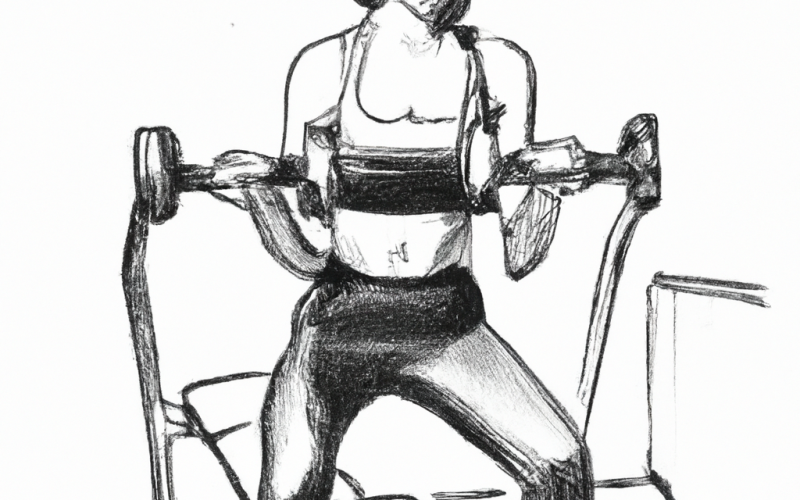Many individuals strive for fuller glutes and hips, either for aesthetic reasons or to enhance their athletic performance. Understanding the physiology of muscle growth and the key components of an effective training regimen can help set realistic expectations. This article explores the timeline and factors influencing the growth of glutes and hips.
Understanding Muscle Hypertrophy
Muscle hypertrophy refers to the increase in muscle fiber size. Two primary types of hypertrophy exist: myofibrillar, which focuses on increased muscle fiber size and strength, and sarcoplasmic, which enhances muscle glycogen storage capacity. For glutes and hips, a combination of both types of hypertrophy is beneficial.
Factors Affecting Muscle Growth
1. Genetics:
Some people naturally have a predisposition for muscle growth in certain areas due to their genetic makeup. Understanding one’s genetic potential can help set realistic expectations.
2. Training Intensity:
Challenging the muscles with progressive resistance or weight ensures consistent growth. Regularly increasing the weights or resistance levels helps in stimulating muscle hypertrophy.
3. Nutrition:
Proper nutrition plays a vital role in muscle recovery and growth. Consuming a balanced diet with adequate protein intake supports the muscle-building process.
4. Rest and Recovery:
Muscles grow during the recovery phase, not the workout phase. Ensuring adequate rest between sessions and quality sleep is essential for optimal muscle growth.
Typical Timeline for Glute and Hip Growth
While individual results can vary, a general timeline for noticeable muscle growth in the glutes and hips is as follows:
- 4-6 weeks: Neural adaptations make exercises feel easier, and some individuals might notice slight changes in muscle tone.
- 8-12 weeks: Visible muscle growth becomes more evident, and strength gains continue.
- 6 months: With consistent training, significant changes in muscle size and shape are observable. Progress, however, might start to plateau without changes to the regimen.
- 1 year and beyond: Advanced trainers might need more specialized programs to continue seeing growth. Consistency remains crucial.
Strategies to Enhance Growth
1. Compound Movements:
Exercises like squats, deadlifts, and hip thrusts engage multiple muscle groups, including the glutes and hips, and are crucial for muscle development.
2. Targeted Isolation Exercises:
Exercises such as glute bridges, clamshells, and fire hydrants specifically target the gluteal muscles and can be incorporated for added stimulus.
3. Varied Training:
Varying rep ranges, weights, and incorporating techniques like drop sets or supersets can prevent plateaus and stimulate continued growth.
Growing the glutes and hips is a journey that requires dedication, consistency, and a holistic approach considering training, nutrition, and rest. While individual timelines vary, with a structured program and commitment, achieving desired results is within reach.
